
Armenia: Four Out of Six Greenhouses Built with International Grants Have Been Destroyed
The Armenian Ministry of Environment, along with the two NOCs operating under it, could not manage four greenhouses built in the country with international grants. Two of them were destroyed and subsequently restored, while the other two were destroyed twice and have not yet been restored. It is unclear who is responsible for their restoration.
The ministry attributes the destruction to unfavorable weather conditions, while the company that built the greenhouses blames forestry practices.
Armenia, which is highly vulnerable to climate change, has undertaken efforts to expand forested areas and reduce carbon emissions. As part of these efforts, the Armenian government is implementing several programs financed by international donors.
The project "FOREST RESILIENCE OF ARMENIA, ENHANCING ADAPTATION AND RURAL GREEN GROWTH VIA MITIGATION" is implemented with funds from the Green Climate Fund of the UN Framework Convention on Climate Change. The Government of Armenia, the Austrian Development Agency, the Autonomous Province of Bolzano, the Armenian Office of the World Wide Fund for Nature, and the Food and Agriculture Organization (FAO) also participate in its implementation. The total budget for the eight-year project is 18.7 million US dollars. According to information provided by the Ministry of Environment, the Green Climate Fund allocated 2,194,080,000 drams (around 5.5 million dollars) for the project. The state institution "Environmental Project Implementation Office" of the Ministry of Environment is responsible for its implementation.
The project aims to reduce fuelwood demand and introduce bio-sustainable and climate-adapted forest management skills, expand forest areas by 2.5 percent, reduce the fuelwood demand of rural communities by at least 30 percent, promote sustainable and climate-adapted forest management, and ensure technology transfer to rural communities, the private sector, and government agencies in the context of a forest-energy interconnected approach.
The target areas of the project are the Lori province in the north of Armenia and Syunik in the south. These two provinces were selected based on forest type, population density, poverty level, degree of vulnerability to climate change, and impact on important forest ecosystems.
Six greenhouses, each with an area of 500 square meters, were to be built to grow saplings with a closed root system as part of the "Climate change mitigation and adaptation through forest investments and technology transfer" component.
The greenhouses were built in the territories of the Hrazdan, Sisian, and Tashir branches of Hayantar SNOC, which in 2022-2023 were handed over to the management of Hayantar SNOC. However, four of them never served their purpose and did not operate. The two greenhouses built in Tashir were destroyed twice by strong winds, the last time on December 28, 2023. The greenhouse built in Sisian was also destroyed this winter because it could not withstand the snow load. Only the greenhouses built in Hrazdan Forestry are operating.
The Ministry of Environment, in response to Hetq's inquiry as to why the greenhouses did not operate, stated the greenhouses built by the state institution "Environmental Project Implementation Office" of the Ministry of Environment within the framework of the grant project were transferred to Hayantar SNOC (hereinafter: SNOC) management.
"On the night of December 17 and 18, 2023, due to heavy snow and wind in the Sisian region, the greenhouses under the management of the Sisian Forestry branch were completely damaged and destroyed. On December 28 of the same year, the greenhouses under the management of the Tashir Forestry branch were similarly destroyed by strong winds. They were not suitable for operation, and their reconstruction was also not deemed expedient," Sergo Atanesyan, Secretary General of the Ministry of Environment, stated in a written form.
Who built the greenhouses?
The tender for the construction of the greenhouses was announced on June 2, 2022. Two organizations participated in the tender: "Father and Son Beglaryans" LLC with a price offer of 73,980 thousand drams, and "VES Group" LLC with a price offer of 78,980 thousand drams (around 200 thousand dollars).
The Ministry of Environment informed us that the bid submitted by "Father and Son Beglaryans" LLC was rejected because it did not meet the requirements of the invitation to the purchase procedure, specifically due to the absence of a bid security document.
On June 13, 2022, VES Group LLC was recognized as the selected participant of the purchase procedure, being the only participant meeting the requirements of the invitation. A contract for the purchase of goods was signed with VES Group LLC on July 15.
VES Group LLC was founded on June 2, 2020, with Vardan Aslanyan as the founder and sole shareholder. According to Aslanyan, the destruction of the greenhouses in Tashir was due to natural causes, while the destruction in Sisian was attributed to human factors, not snow or poor construction quality. The greenhouses and the equipment in them were tested and accepted by a special committee consisting of 8-10 people. Aslanyan asserted that if the greenhouses had been poorly constructed, the committee would not have accepted them.
For the development of the technical task for the construction of the greenhouses, the Ministry of Environment based their guidelines on the decision of the Government of the Republic of Armenia No. 1612-L, dated November 14, 2019, which set the standards for small and medium greenhouse farms. This government decision aimed to increase farmers' incomes in agriculture through state support by partially reimbursing costs for businessmen.
The decision mainly concerned the cultivation of agricultural crops, fruits, and vegetables, and did not specifically address greenhouses for growing plants or seedlings. However, the annex to the government decision specified that hydroponic greenhouses should have a wind resistance of at least 90 km/h (25 m/s) and a snow load capacity of at least 30 kg/m².
Why were the greenhouses destroyed in Sisian?
On the night of December 17 and 18, 2023, due to heavy snow, the two greenhouses on the balance sheet of Sisian Forestry were destroyed. According to the Ministry of Environment, the reason for the collapse of the greenhouses was solely due to weather conditions. However, the founder of the construction company, Vardan Aslanyan of VES Group, blames the employees of Sisian Forestry as well.
"The reason for the collapse of the Sisian greenhouses is the result of the negligence of the forestry branch of Sisian," says Vardan Aslanyan. According to him, the Sisian region experienced a snow load of 50-70 kg per square meter. The greenhouses were built according to a special project and were equipped with technical measures designed to reduce the pressure of precipitation. These greenhouses have two-layer membrane covers with a special system that injects air between the layers, which stretches and strengthens the polyethylene, allowing precipitation to fall off quickly. Additionally, a dual-purpose stove, which could operate on both gas and diesel, was installed to melt the snow on the polyethylene during heavy snowfall.
Sisian Forestry claimed that the greenhouses did not operate because the area is not gasified. However, Aslanyan argues that the stoves should have worked with diesel in the absence of gas. "Why neither that nor the other one was used? That's why the collapse occurred," he stated. According to Aslanyan, the failure to start the furnaces is a consequence of the absolute negligence of the forestry staff.
Furthermore, Aslanyan claims that every branch should have prepared for winter, especially if the greenhouses were not in operation.
"We built six greenhouses, the same as in Hrazdan, next to Tzaghkadzor. Why didn't they collapse in Tzaghkadzor, but they collapsed in Sisian? Because the management and employees of the Hrazdan branch have shown a compassionate approach. Whether it rains or snows, they immediately carry out the necessary work. Sisian's staff did not lift a finger, the clear proof of this is that they did not carry out preparations for the winter. All the pipelines and pumping stations cracked because the water had remained in them since our testing time. We restored the greenhouses. Why are they not working now? Because the pipeline is damaged, and I told them to change it themselves, put it to work," Vardan Aslanyan said angrily.
Moreover, Aslanyan reminds that they won a competition from the Ministry of Agriculture and built a similar greenhouse for the Rural Institute, around 1 km from the same greenhouse, which did not collapse under the same snow load because the appropriate measures were taken.
Sisian Forestry is managed by Tigran Hambardzumyan, who is the brother of MP Karen Hambardzumyan from the "My Step" faction. In a conversation with us, Tigran Hambardzumyan assured us that the greenhouses have been operating since April 18. They have started sowing, planted about 50,000 seedlings, hired seasonal workers, and the greenhouse now has a manager.
Here is our telephone conversation with Tigran Hambardzumyan:
Reporter: Mr. Hambardzumyan, the developer attributes the demolition of the greenhouse to the negligence of forestry employees. He says that they did not start the furnaces, and because of that, the snow did not melt from the polyethylene.
Tigran Hambardzumyan: There is no such thing. I don't know who told you what. You can come and see our greenhouses; they are working well. The water flows freely, and the electricity is readily available.
Reporter: They are working now, but why did they break down?
Tigran Hambardzumyan: There is no gas in the area at all. The greenhouse had a gas stove that needed to be lit with gas to blow the cellophane. As a result of the heavy snowfall, the greenhouse was damaged, but it was repaired. Who says that it was destroyed, collapsed?
Reporter: There was no gas, but the stoves could work by diesel.
Tigran Hambardzumyan: We didn't try that at all. I don't know because the developer had to connect it, test it, press the red button, and hand it over to us. Since nothing like this happened, we don't know if it would work or not because we have no idea. But the rumors that the greenhouse does not exist are lies.
Reporter: If there was a process of handing over and accepting the greenhouses, then "Hayantar" accepted them...
Tigran Hambardzumyan: I don't know who signed the handover-acceptance act or whether they accepted it or not. I don't know. I am only the site director. I was not responsible for the greenhouses at that time because they were not finished and not handed over to me with paperwork. Who am I to say...
Reporter: Have they been handed over with paperwork now that you manage and work?
Tigran Hambardzumyan: The greenhouses were not handed over, no.
Reporter: So why are you managing now if they weren't handed over?
Tigran Hambardzumyan: What? They collected so many seeds, should we have spoiled them?
Reporter: But you say they weren't handed over, you didn't manage them. How do you manage them now if they weren't handed over?
Tigran Hambardzumyan: I don't manage. There is a manager of the greenhouse. Come and ask him these questions.
Reporter: Are you not the head of forestry?
Tigran Hambardzumyan: It doesn't matter. There is a manager of the greenhouse...
Tigran Hambardzumyan hung up the phone.
Vardan Aslanyan, the founder of the VES Group company, which built the greenhouses, assures that the Sisian greenhouses have already been 100% restored with his goodwill and the organization's funds. When asked why they showed goodwill or whether the organization had additional funds to repair the greenhouses again when they were not to blame, Aslanyan said, "I made a donation. There is no point in discussing it."
In Tashir, the greenhouses were restored twice
In 2023, two months after eliminating the damages to the greenhouses built in Tashir Forestry, on December 28, they were demolished again. On that day, unprecedented winds tore off roofs in Tashir and caused a number of other destructions.
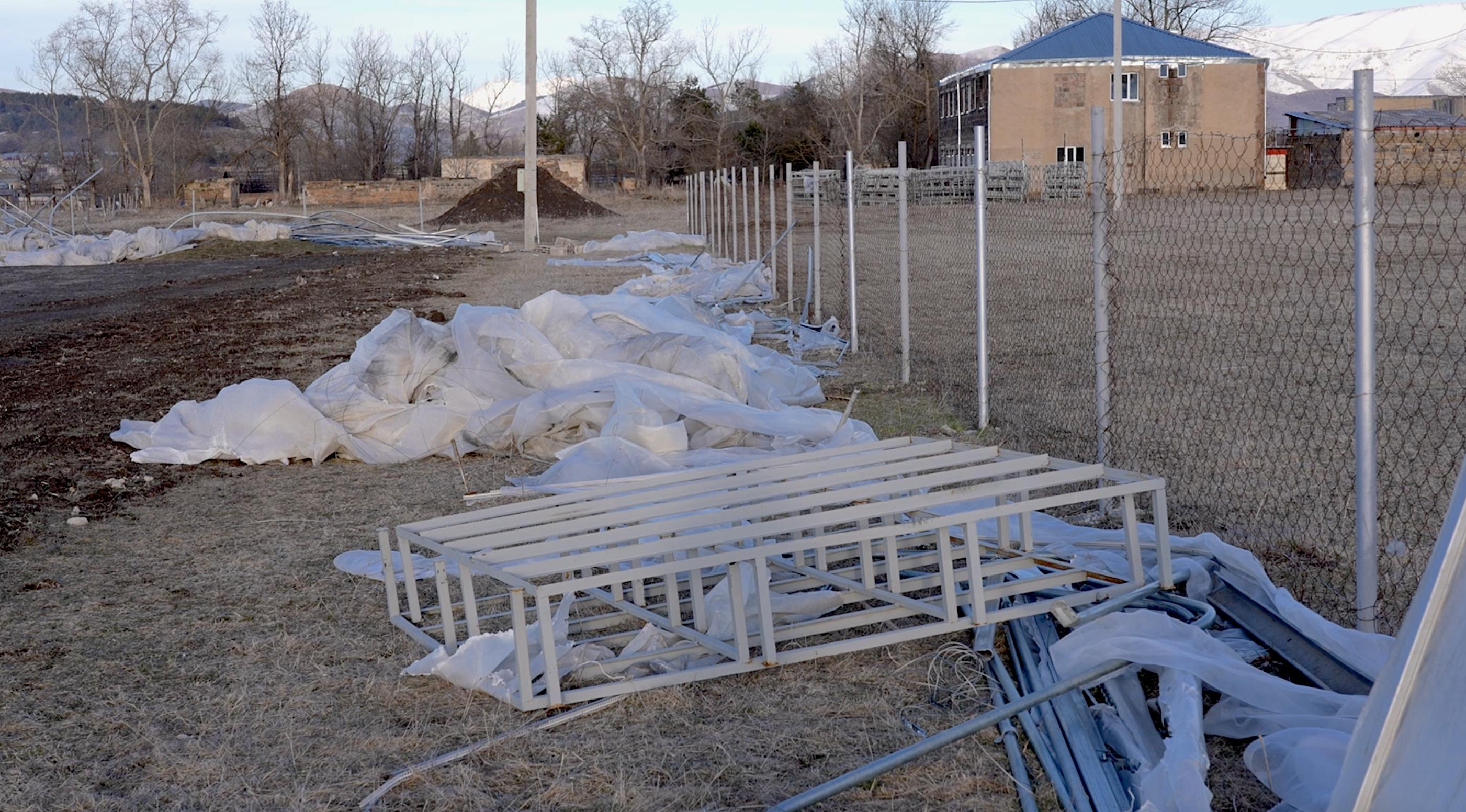
Vardan Aslanyan confirms that the greenhouses were built to withstand wind speeds of 25 m/s. However, the wind speed in Tashir that day reached 37 m/s. After the first collapse, they were strengthened to resist 30 m/s, but they did not anticipate 37 m/s.
In the annex to the government decision, it is stated that the foundations of the greenhouse must be installed at least 80 cm deep with concrete reinforcement.
Ruben Velitsyan, Head of Tashir Forestry of Hayantar SNOC, says that building concrete foundations in forest areas is not allowed. However, considering the strong winds in Tashir, it was decided to at least strengthen the pillars with concrete during the construction of the greenhouses. Velitsyan confirms that the cause of the collapse was the unprecedented wind. He adds that if the roof of the neighboring guard post had not been torn off, the greenhouse would not have been damaged. The roof of the guard post was ripped off and tore the polyethylene of the greenhouse.
"The important equipment of the greenhouses, i.e., the higher-value property, was not damaged; it was moved to storage. The iron constructions and polyethylene film were damaged. They are the only ones subject to restoration. It is planned to finish the restoration at the end of the year and hand it over to Tashir Forestry of Hayantar SNOC," says Ruben Velitsyan.
He assures that the expensive and essential items for the greenhouse have not been damaged, so it will not be difficult to restore them.
Commission whose conclusion was not taken into account
We inquired with the Ministry of Environment regarding any investigations or commissions established to ascertain the reasons for the demolition of the greenhouses. It appears that a commission was only created for the case in Tashir. The demolition of the greenhouses in Sisian did not concern SNOC.
On January 24, 2024, by the order of the director of Hayantar SNOC, a committee was formed to assess the damage to the destroyed greenhouses of Tashir forestry and discuss the feasibility of rebuilding them. The committee comprised employees of Hayantar SNOC, chaired by Vahram Sedrakyan, the deputy director of SNOC. Taron Manukyan, the head of the reforestation, afforestation, and protection department, and Sargis Aleksanyan, the head of the activity analysis and development programs department, and the nursery manager of the "Tashir" forestry branch were among the committee members.
The commission recorded:
- The greenhouses were completely demolished and were not subject to further operation.
- Due to frequent strong winds in the Tashir region, it is not advisable to rebuild greenhouses in the same place.
Despite the commission's report, repairs have already commenced on the greenhouses in Tashir, in the same location. According to Ruben Velitsyan, the construction of the greenhouses is scheduled to be completed by the year's end and handed over to Tashir forestry.

After the first collapse, the greenhouses of the "Tashir Forestry" branch were repaired by the contractor without additional financial resources. For the second collapse, Vardan Aslanyan mentioned that the renovation is being carried out jointly with the funds of Ves-Group and the Ministry of Environment.
However, the Ministry of Environment provided a different response. "Negotiations are underway with the contractor organization and various donor organizations to repair the greenhouses for the second time through joint efforts."
"To determine the reasons for the first collapse, a study was conducted by the National Forest Research Institute, and it concluded that the greenhouses collapsed due to abnormal winds.
For the second collapse, a survey by the National Disaster Management Authority revealed that the winds exceeded 25 m/s, reaching around 37 m/s and 133 km/h. The resistance of greenhouses to winds was 90 km/h.
After the wind damage, consultations and discussions organized by the National Disaster Management Authority involved SNOC officials. Considering the greenhouses' importance in ensuring the project's success, they were instructed to restore the greenhouses," responded the Ministry of Environment.
Cost of one greenhouse
According to the contract signed between the Environmental Project Implementation Office and VES Group LLC, the construction cost of greenhouses was approximately 79 million drams without VAT (around 200 thousand dollars).
The government's decision encourages three types of greenhouses, with construction and technological support costs estimated per 1 square meter at 11,850 AMD, 24,550 AMD, and 30,000 AMD respectively. Vardan Aslanyan mentioned that the average square meter cost for their greenhouses was 26 thousand drams.
Hence, a greenhouse with an area of 500 square meters would cost around 13 million drams.
When inquired whether the Ministry of Environment contacted law enforcement agencies to identify the culprits behind the demolition of the greenhouses, the Ministry responded that it did not. The reason provided was that the damage and destruction of the greenhouses were attributed to dangerous weather phenomena.
The 2022 annual report published on the official website of the Green Climate Fund highlighted delays and unfulfilled activities in the project's implementation. Preparatory works for planting in state forest fund lands were not carried out as planned due to the unavailability of selected areas. Delays were also attributed to administrative procedures, including the longer-than-expected procurement process for greenhouse construction.
The report mentioned several unexpected problems during the actual construction of the greenhouses, which had to be addressed by the contracting company selected through the tender procedure. The entire history of the construction and demolition of the greenhouses was documented like this in the 2022 annual report.
During the summer of 2022, the project faced significant challenges regarding the preparatory work for planting activities on selected State forest fund lands and related training activities. These difficulties arose primarily because the majority of areas pre-selected for forestry investments were no longer available. This pre-selection was done under the framework of the Letter of Agreement (LoA) on "Identification of areas of intervention through a GIS analysis" between FAO and Hayantar SNCO.
As a result of the unavailability of the initially selected areas, the project had to initiate the selection of new areas for intervention. This process took longer than expected for Hayantar SNCO due to their busy autumn schedule and bureaucratic procedures.
Other activities scheduled for the first year of the project were also performed with delays compared to the Project Annual Work Plan. These delays were mainly due to administrative procedures.
Specifically, the procurement of greenhouses and related equipment turned out to be a lengthier process than initially estimated. Additionally, the actual construction of the greenhouses encountered several unexpected issues that needed to be addressed by the commissioned company, which was selected through a tender procedure.
 Videos
Videos Photos
Photos
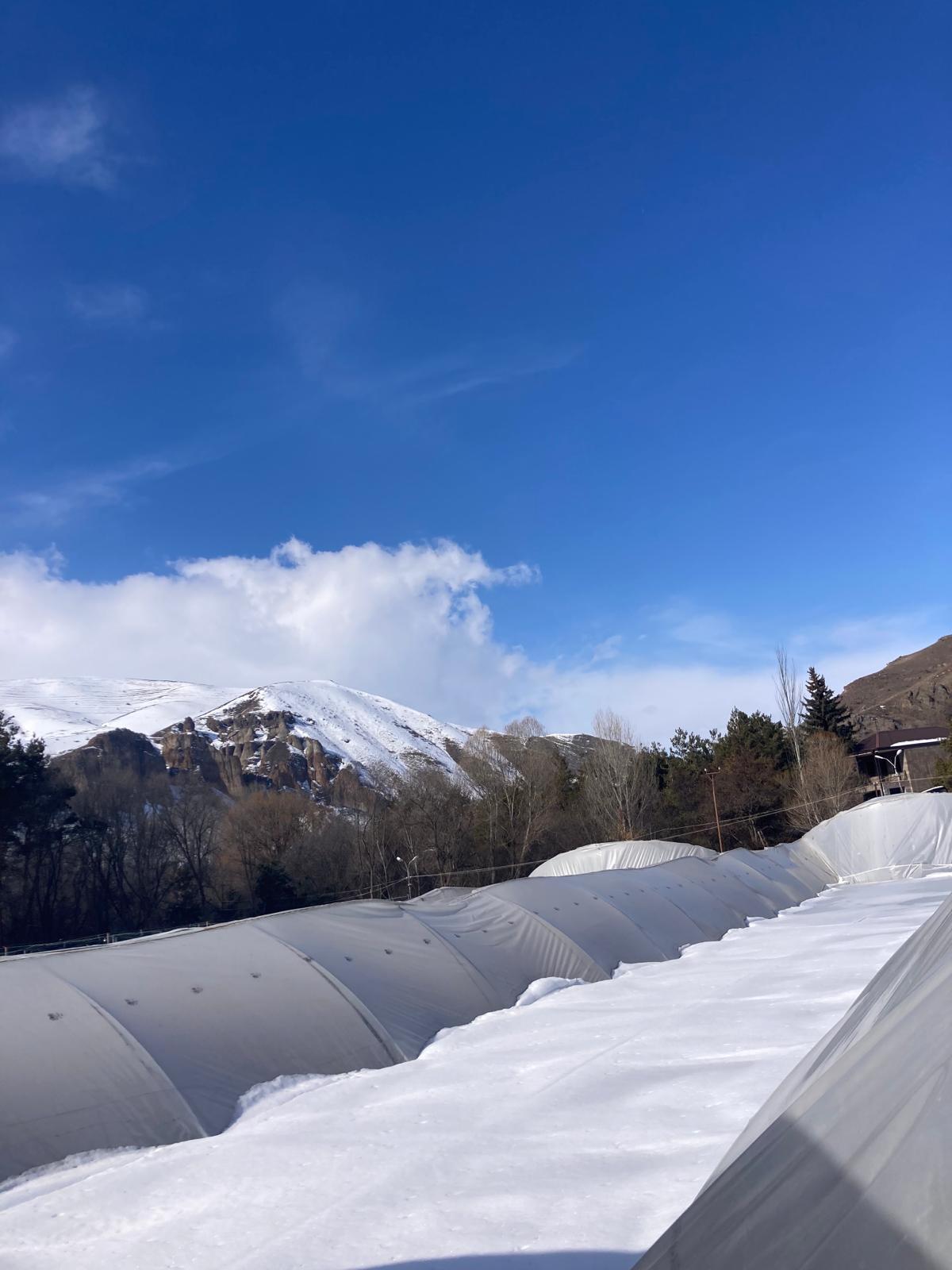
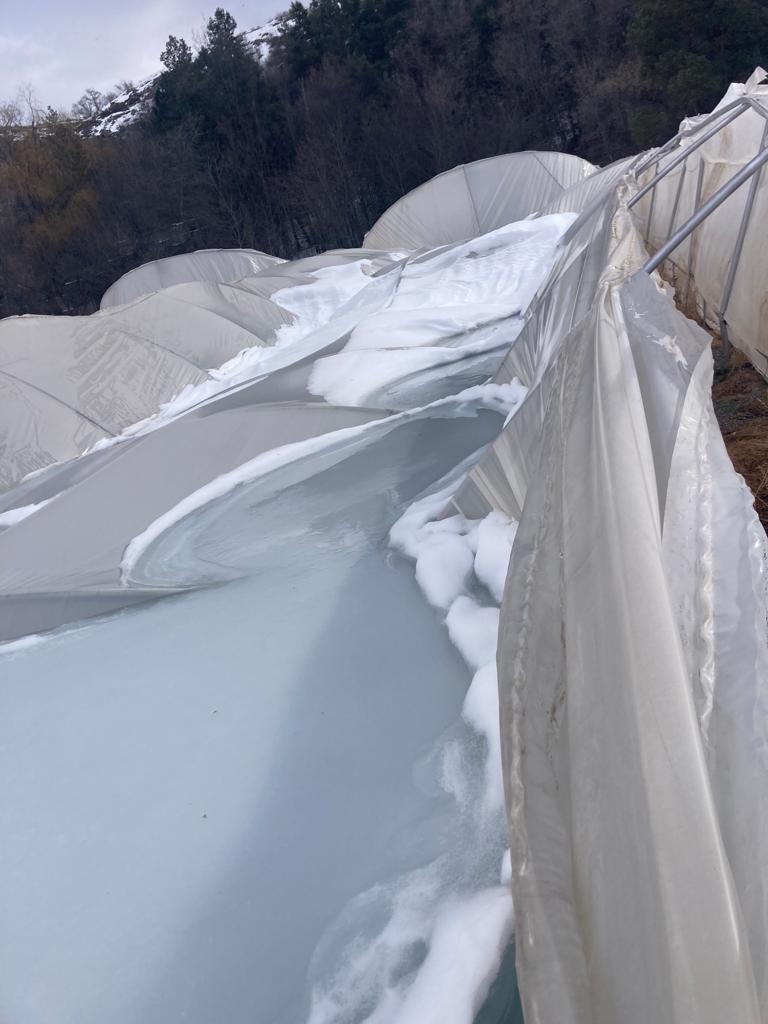
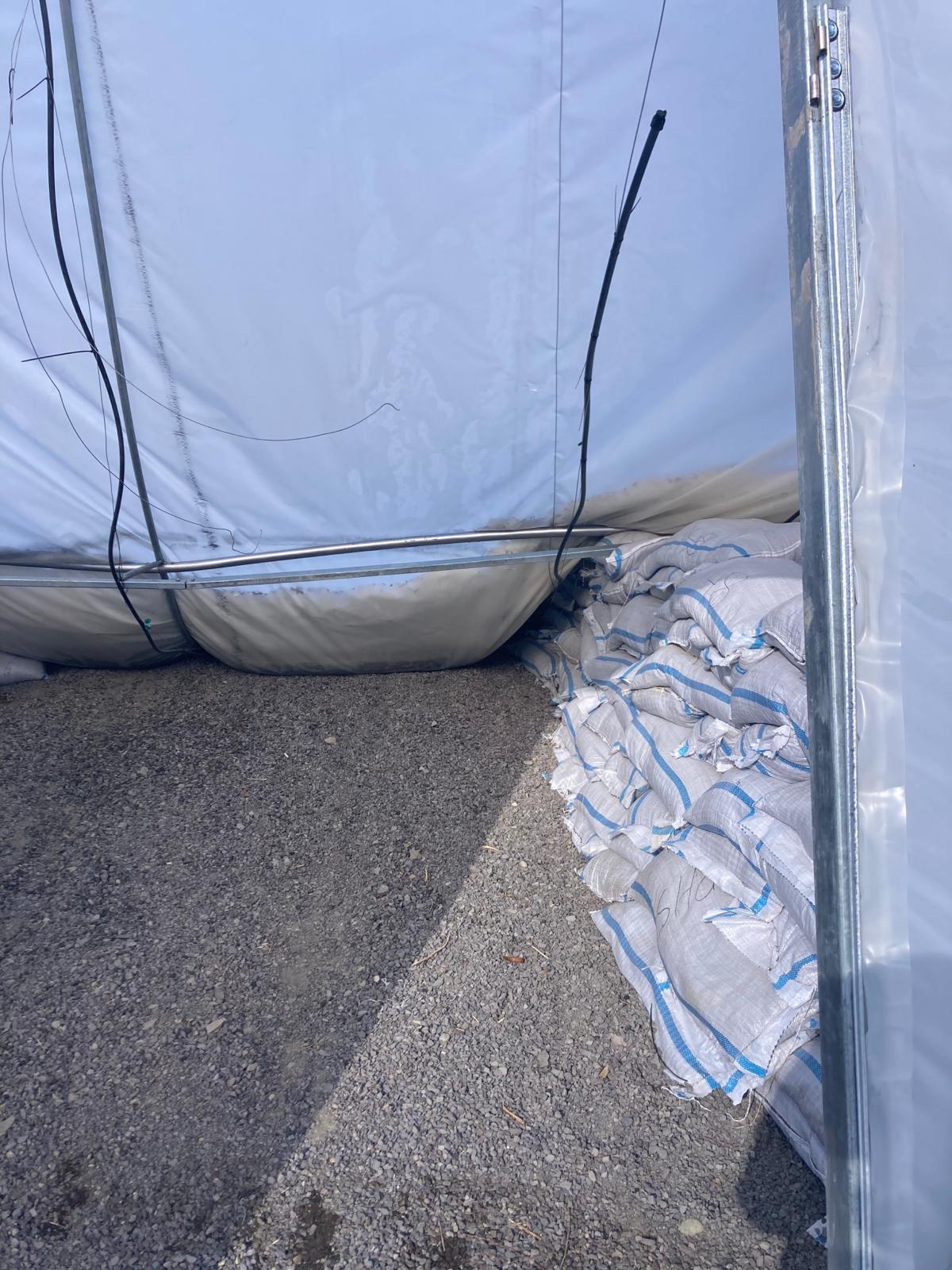

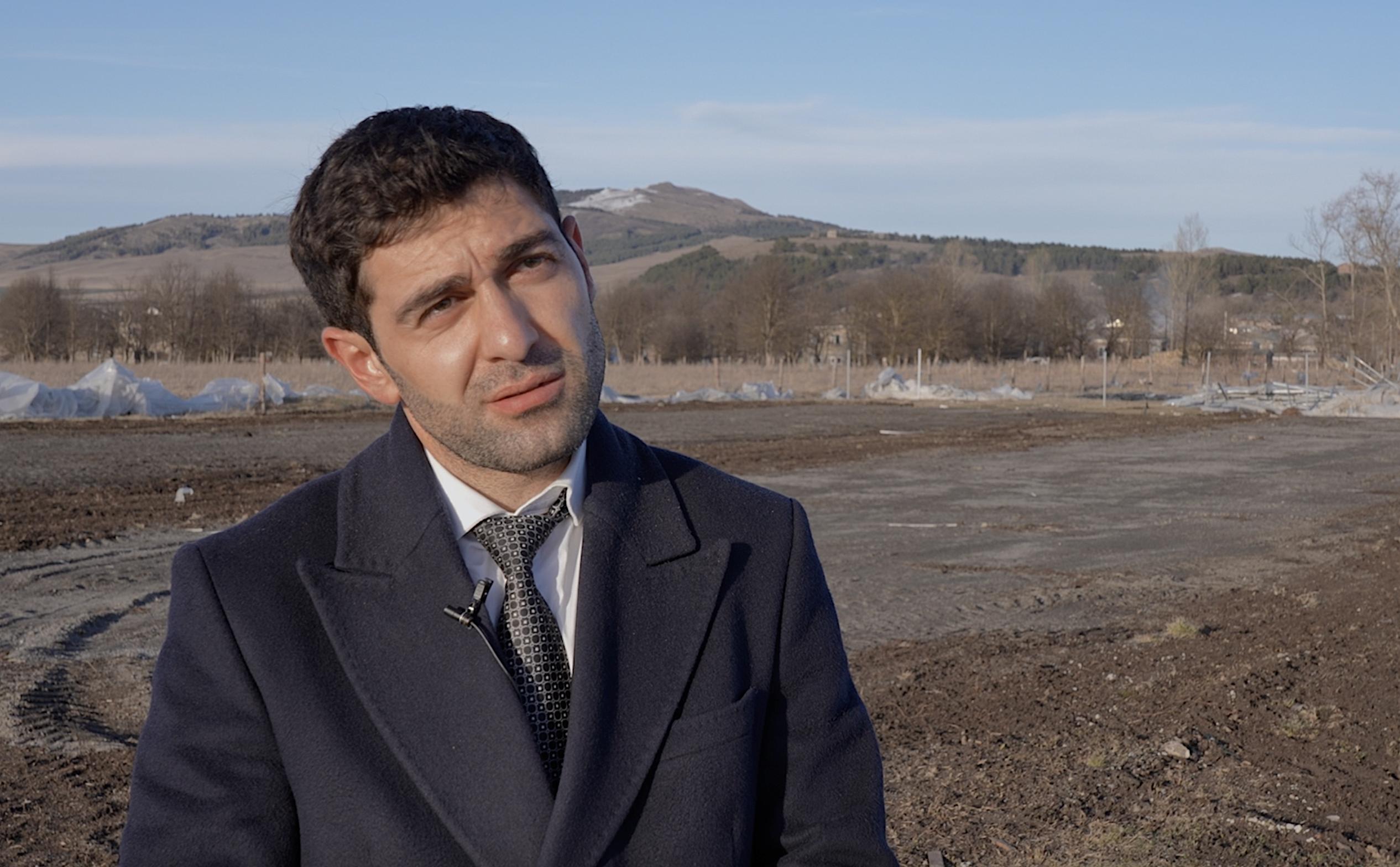
Comments (1)
Write a comment